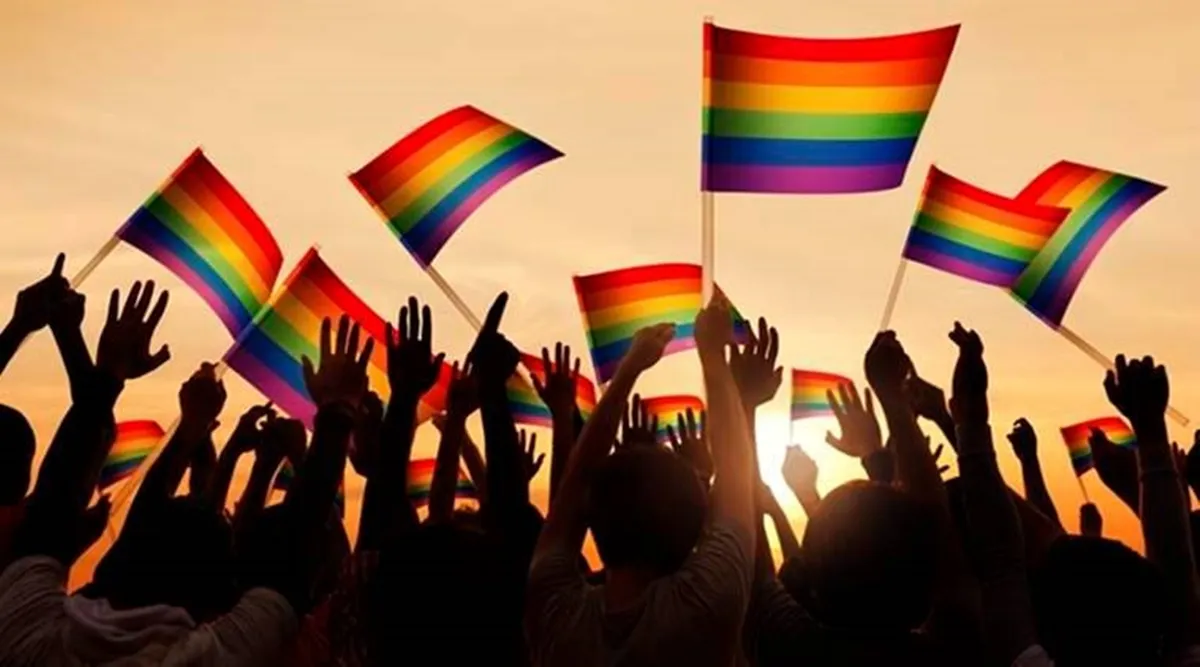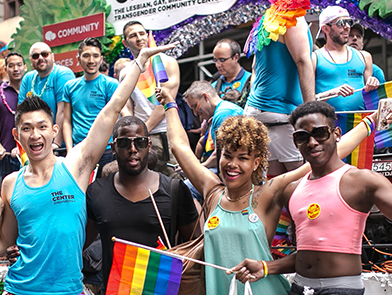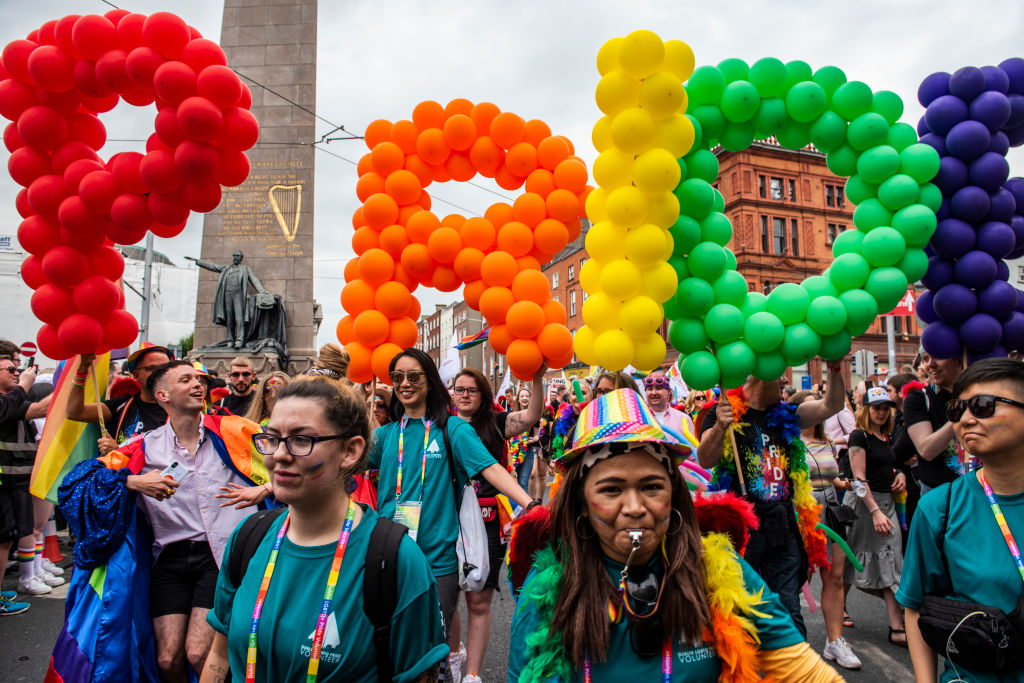Table of Contents:
I. Introduction
II. A Brief History of LGBTQ+ Rights
III. Challenges Faced by the LGBTQ+ Community
IV. Progress in Recent Years
V. Examples of Progress
VI. The Fight for Transgender Rights
VII. The Importance of LGBTQ+ Representation
VIII. Conclusion
Introduction:
The fight for LGBTQ+ rights has been ongoing for decades, as members of the LGBTQ+ community continue to struggle for acceptance and equality in society. Despite some progress made over the years, discrimination and violence against LGBTQ+ individuals still exist. In this article, we will explore the history of LGBTQ+ rights, the challenges faced by the community, the progress made in recent years, and the ongoing fight for transgender rights and representation.
A Brief History of LGBTQ+ Rights:
The fight for LGBTQ+ rights began in the 1950s and 1960s when members of the LGBTQ+ community began to organize and demand their rights. In 1969, the Stonewall Inn riots in New York City marked a turning point in the LGBTQ+ rights movement. The riots were a response to a police raid on a gay bar, and they sparked a series of protests and demonstrations across the country.
In the 1970s, LGBTQ+ organizations began to form, and the fight for legal protections began. In 1973, homosexuality was removed from the Diagnostic and Statistical Manual of Mental Disorders, and in 1978, the rainbow flag was created as a symbol of LGBTQ+ pride.
Challenges Faced by the LGBTQ+ Community:
Despite the progress made in recent years, the LGBTQ+ community still faces numerous challenges. Discrimination and violence against LGBTQ+ individuals are still prevalent, and many LGBTQ+ individuals face discrimination in employment, housing, and healthcare.
Transgender individuals, in particular, face high levels of discrimination and violence. According to a report by the Human Rights Campaign, at least 44 transgender or gender non-conforming people were killed in 2020, the highest number ever recorded. Additionally, transgender individuals face discrimination and barriers to healthcare, education, and employment.
Progress in Recent Years:
Despite the challenges faced by the LGBTQ+ community, there have been significant victories in recent years. In 2015, the United States Supreme Court ruled in Obergefell v. Hodges that same-sex marriage is legal in all 50 states.
In 2020, the Supreme Court ruled in Bostock v. Clayton County that discrimination based on sexual orientation or gender identity is prohibited under federal law. This decision extended protections to LGBTQ+ individuals in the workplace.
In addition, more and more states are passing laws to protect LGBTQ+ individuals from discrimination in housing, employment, and public accommodations. As of 2021, 22 states and the District of Columbia have passed laws prohibiting discrimination based on sexual orientation and gender identity.
Examples of Progress:
One example of progress in LGBTQ+ rights is the story of Gavin Grimm, a transgender student who fought for his right to use the bathroom that corresponds with his gender identity. In 2016, Gavin's case went to the United States Supreme Court, which ultimately sent the case back to a lower court. In 2021, the school district agreed to a settlement that allowed Gavin to use the boys' restroom.
Another example of progress is the election of LGBTQ+ politicians. In 2018, Sharice Davids and Deb Haaland became the first Native American women elected to Congress, and Davids is also the first openly gay person to represent Kansas in Congress. In 2020, Sarah McBride became the first openly transgender person elected to a state senate seat in Delaware.
The Fight for Transgender Rights:
Transgender individuals face unique challenges in the fight for LGBTQ+ rights. While progress has been made in recent years, there is still much work to be done to ensure that transgender individuals are fully accepted and protected in society.
One of the biggest challenges facing transgender individuals is discrimination in healthcare. According to a report by the National Center for Transgender Equality, 33% of transgender individuals who have seen a healthcare provider reported experiencing discrimination. This discrimination can take many forms, including denial of care, harassment, and verbal abuse.
In addition to discrimination in healthcare, transgender individuals also face discrimination in employment and housing. Many states do not have laws protecting transgender individuals from discrimination in these areas, and even in states that do have such laws, discrimination still occurs.
The Importance of LGBTQ+ Representation:
Representation is an important aspect of the fight for LGBTQ+ rights. Seeing LGBTQ+ individuals in positions of power and influence can help to break down stereotypes and increase acceptance of the community.
Representation can take many forms, from LGBTQ+ characters on television shows and in movies to LGBTQ+ individuals in politics and other fields. It is important for LGBTQ+ individuals to see themselves reflected in society, and for non-LGBTQ+ individuals to see that LGBTQ+ individuals are just like them.
Conclusion:
The fight for LGBTQ+ rights has been ongoing for decades, and while progress has been made, there is still much work to be done. Discrimination and violence against LGBTQ+ individuals still exist, and transgender individuals face unique challenges in the fight for acceptance and equality.
However, there have been significant victories in recent years, including the legalization of same-sex marriage and the extension of workplace protections to LGBTQ+ individuals. The fight for transgender rights and representation is ongoing, and it is important to continue to push for progress in all areas of LGBTQ+ rights.
Representation is also important in the fight for LGBTQ+ rights, as seeing LGBTQ+ individuals in positions of power and influence can help to increase acceptance and break down stereotypes. By working together and continuing to fight for equality and acceptance, we can create a better future for all members of the LGBTQ+ community.



Comments
Post a Comment